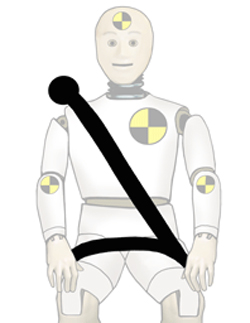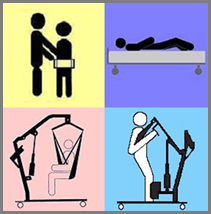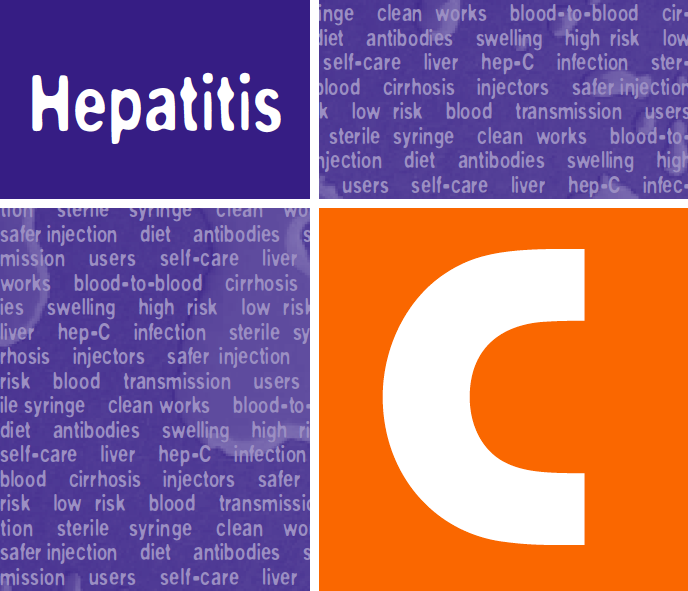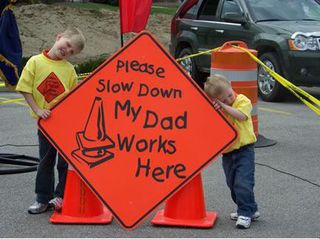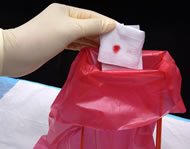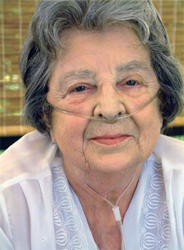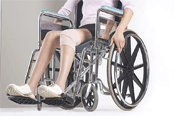 “Off-the-job” injuries are injuries that involve employed people when they are not working. For example, a restaurant cook cuts his hand on a knife while fixing dinner at home or a truck driver who slides off an icy road while driving his car to work, hits a tree, and suffers a sprained wrist. These injuries occurred off-the-job. If similar injuries had occurred while in the restaurant or driving a truck, they would have been on-the-job injuries. If the cook and the truck driver had been retired, then the injuries would have been neither on-the-job nor off-the-job because the people were not employed. They would have been classified and nonwork injuries. Off-the-job injuries are of concern to employers because statistics show that for each on-the-job death due to unintentional injuries there are about twelve off-the-job deaths of workers due to unintentional injuries. And for each on-the-job injury involving lost time there are about three off-the-job injuries. There are about six times as many days lost from work due to off-the-job injuries as for on-the-job. Employers have to deal with the same disruptions to production and work schedules whether the injury occurred at work or away from work.
“Off-the-job” injuries are injuries that involve employed people when they are not working. For example, a restaurant cook cuts his hand on a knife while fixing dinner at home or a truck driver who slides off an icy road while driving his car to work, hits a tree, and suffers a sprained wrist. These injuries occurred off-the-job. If similar injuries had occurred while in the restaurant or driving a truck, they would have been on-the-job injuries. If the cook and the truck driver had been retired, then the injuries would have been neither on-the-job nor off-the-job because the people were not employed. They would have been classified and nonwork injuries. Off-the-job injuries are of concern to employers because statistics show that for each on-the-job death due to unintentional injuries there are about twelve off-the-job deaths of workers due to unintentional injuries. And for each on-the-job injury involving lost time there are about three off-the-job injuries. There are about six times as many days lost from work due to off-the-job injuries as for on-the-job. Employers have to deal with the same disruptions to production and work schedules whether the injury occurred at work or away from work.
Source: National Safety Council

